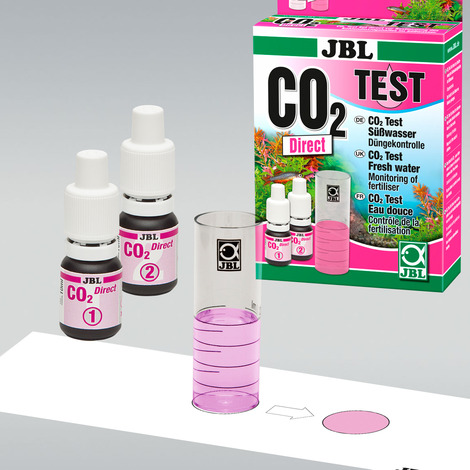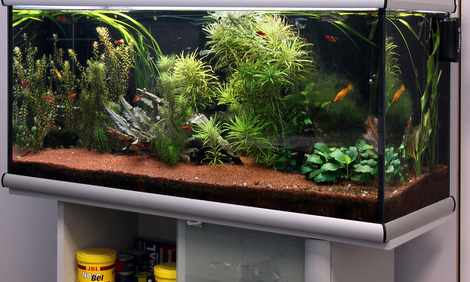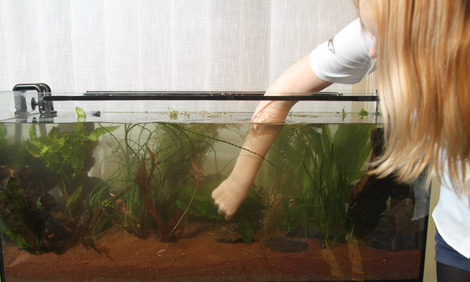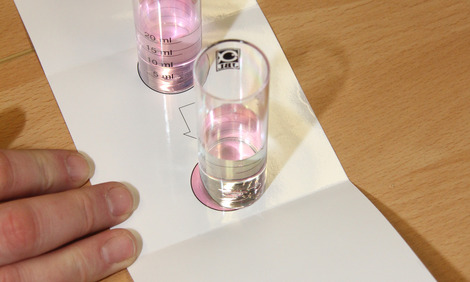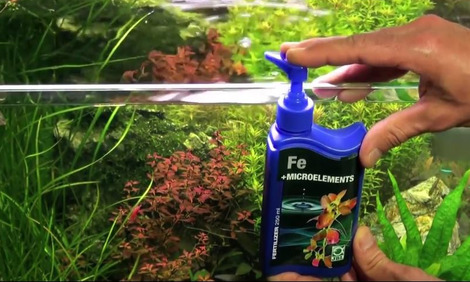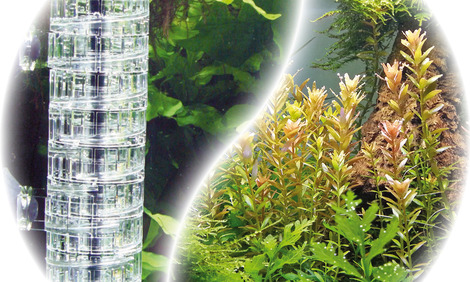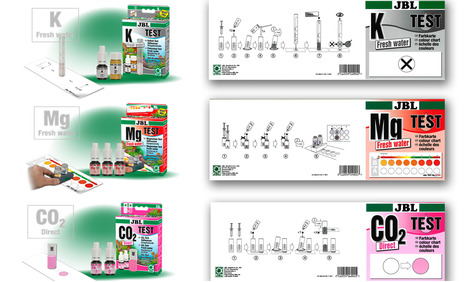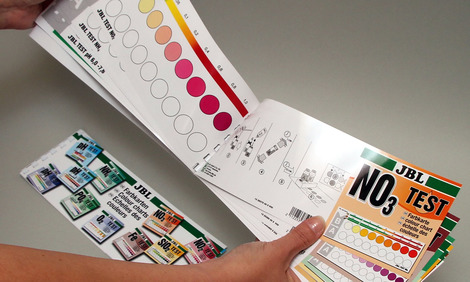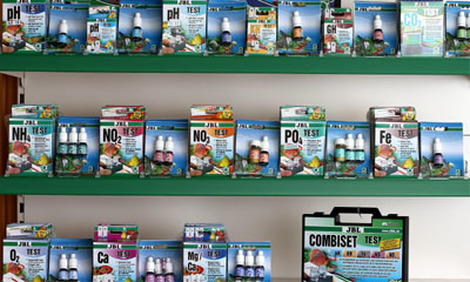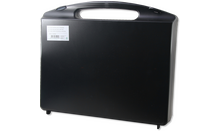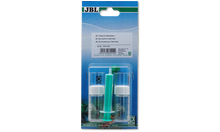Healthy aquariums with conditions close to nature The right water values are dependent on the fish stock and the plants in the aquarium. Even if the water looks clear it can be contaminated. With bad values diseases or algae can appear in the aquarium. To maintain a healthy aquarium with conditions close to nature it is important to check and adapt the water values regularly.
For each water analysis JBL provides water tests in the form of quick tests or colour change tests. These determine a certain value or several values in one go. With these water tests you can recognise algae problems and negative nitrate, nitrite, potassium, magnesium values etc.
Why test?
Carbon dioxide is the most important plant nutrient. The optimal value lies between 15-35 mg/l. This level is harmless for fish and ensures thriving plant growth.
JBL Online Laboratory
Regular control for a healthy aquarium with conditions close to nature. Enter your water values into the JBL Online Laboratory and get an in-depth analysis of your values within seconds.
JBL CO2 Direct Test
Quick test to determine the carbon dioxide content in freshwater aquariums
PROAQUATEST CO2 Direct
- Simple and reliable monitoring of the aquarium water values. Determines the optimal carbon dioxide content for freshwater aquariums
- Application: fill plastic cuvette with sample water, add reagent drop by drop until stable colour change to pink. Number of drops x 2 = CO2 content in mg/l
- To use during periods of poor or no plant growth and fish mortality: once a week
- You will find detailed information and troubleshooting tips about water analysis on the JBL website in Essentials/Aquarium
- Package contents: 1 CO2 test incl. 2 reagents, plastic cuvette and colour chart. Reagent refill separately available
-
Archive
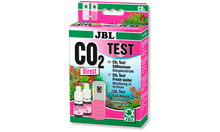 Content:
Content: -
Archive
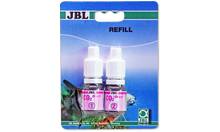 Content:refill
Content:refill

